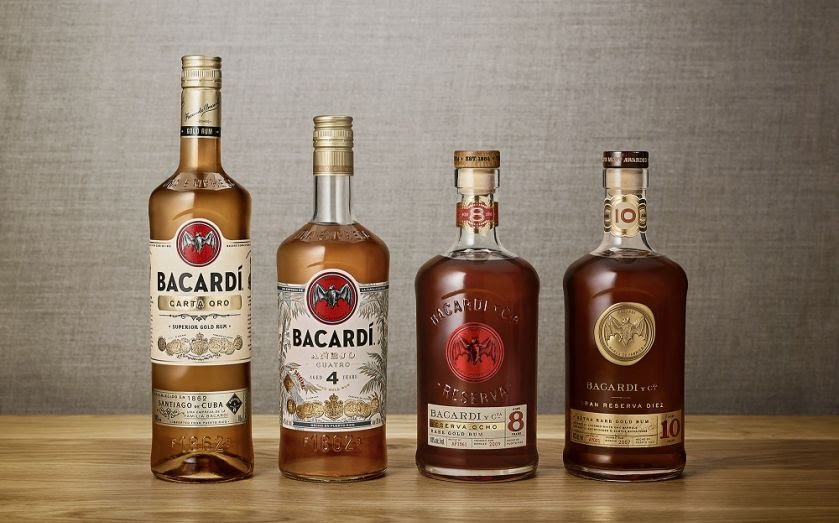

Bacardi shows the brand power of self-confidence and story-telling
Is brand loyalty dying? If you watch the way many young people drink, then you could be forgiven for thinking so, as they switch relentlessly from brand to brand during a night out.
This brand promiscuity is reflected in the breadth of choice available. Just look at the number of different gins for sale on the average bar or supermarket shelf.
But there’s hope for brands looking to build a loyal customer base. For consumers, there’s excitement in experimentation, but there’s also satisfaction in finding a brand that reflects your values – or at least the values you’d like to be associated with. And social media has made the projection of personal taste through brand choices increasingly prominent.
Then there’s the holy grail of brands: those that people just keep buying without really questioning why –such as Coca-Cola, Adidas, or Fairy Liquid. There are soft drinks as tasty as Coke, trainers as comfortable as Adidas, and washing up liquid as effective as Fairy. The longevity of the success of these household names is testament to the power of a rock-solid brand.
This level of loyalty does not come easily. With thousands of new products launching every year, brands must work harder than ever to reach – and retain – customers.
Competition is particularly keen in the drinks sector, and in our experience, from working with labels from Bacardi to Glenfiddich, the key to inspiring lifelong loyalties is often found in the brand story.
For Bacardi, this meant celebrating the richness of the family name in design details and typography, drawing on an archive of design heritage.
Bacardi’s history is essentially the history of Cuba. One family member was a revolutionary; others helped to run the country.
Exiled by Castro, they dreamt of returning to their homeland. Family-run to this day, this powerful story gives Bacardi an authenticity that can’t be artificially created.
All brands must be able to flex with their customers, but once their story is told, it must be ringfenced to retain that customer connection. Whether this is through the way the brand talks, a recognisable bottle shape, or the tactility of the label, a blend of visual and sensorial cues builds these lasting connections.
Once this core brand identity is established, don’t mess with it. A distinctive and memorable identity lets a brand grow with its customers, releasing new products over time that fit evolving needs.
A strong underlying brand identity enables each new product to have its own personality, but still feel part of the family, helping customers “ladder up” through a range of products that feel reassuringly familiar.
The introduction of products that better fit a maturing palette or drinking experience also demonstrates a brand’s understanding of its customers – instilling confidence in the brand relationship.
Above all, to brands seeking loyalty, I would say “know thyself”. Being crystal clear about who you are as a brand, and always behaving in a way that’s consistent with that identity, makes it much easier to connect with consumers.
This kind of self-confidence and constancy is as attractive in brands as it is in people.
